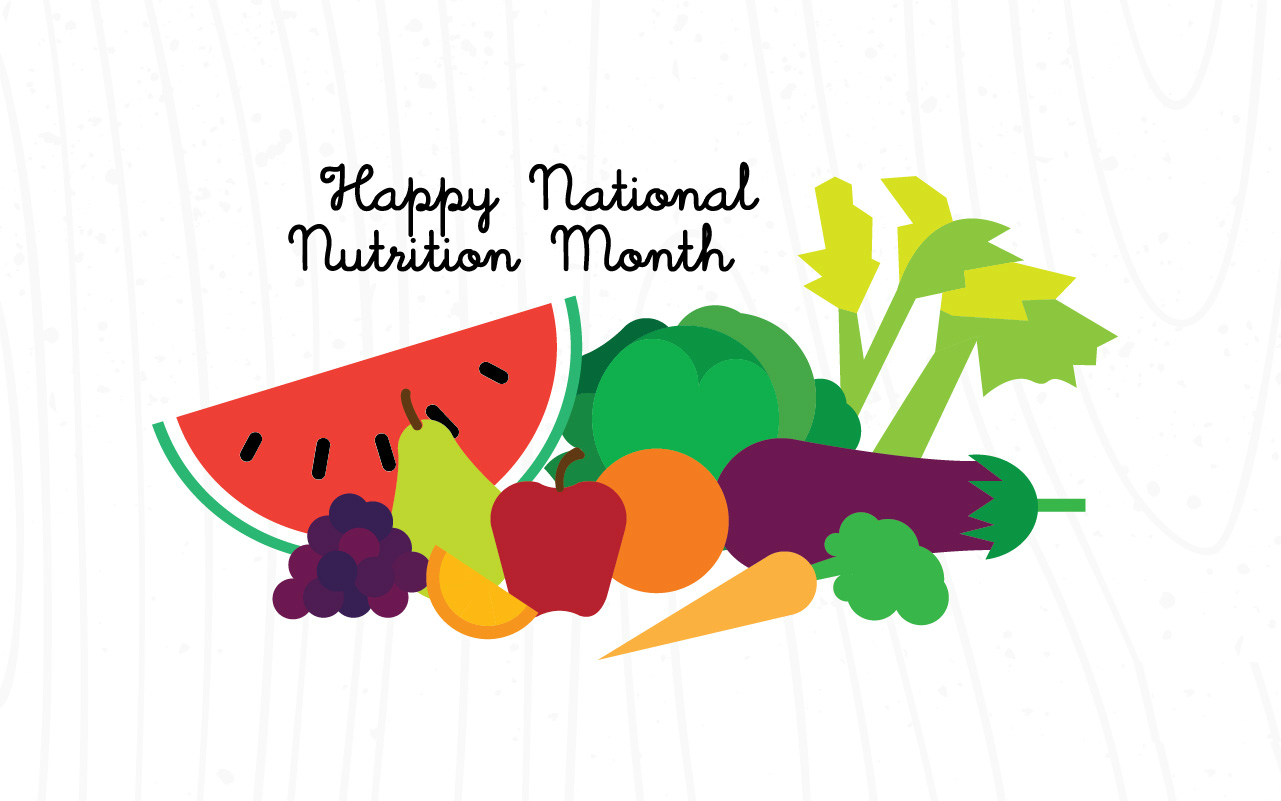
Weeks 19-22: Clinical Inpatient
The role of the Registered Dietitian in the clinical inpatient setting was a total mystery me to me prior to starting rotations at the hospital. I knew the focus was acute care coupled with some tube feed calculations, but I didn’t really understand the workflow. After completing week 4 (of 7) at the hospital, I am happy to say I’ve finally gotten into the swing of things!
Let me say – there is never a dull moment at the hospital! I fill my days attending rounds, visiting patients, collaborating with the care team, and looking up tons of medical vocabulary and abbreviations. Sometimes I feel like I’m in med school. I am also lucky to have two wonderful preceptors that practice with compassion and integrity. They are a pleasure to learn from.
I generally start the day around 7:30am. I print the daily roster for the current census and assess which patients need nutrition screenings. Anyone with an auto-referral (generated at admission), a consult from the doctor, or a length of stay needs to be screened. I’ll also listen for red flags during interdisciplinary rounds that indicate a patient might need screening or education. While I am primarily looking for indicators of malnutrition, like weight loss or decreased intake, I am also screening for patients that may just need a little extra help meeting their nutrition needs at the hospital.
ICU and Medical/Surgical rounds are in the morning. Here, I gather more information about the patient from the care team. In attendance is usually the hospitalist/critical care specialist, nurse, OT/PT, respiratory therapy, pharmacy, caseworker, social worker, and of course – nutrition.
After a quick lunch, I’ll visit patients to conduction screenings and assessments; follow up on questions for the nurse or hospitalist, conduction nutrition education, and chart. Then I’ll chart, chart, and then some more charting. If you don’t write it down – it never happened. I’ll usually finish up by 4p or 5p, depending on the caseload.
I’ve made quite a few cheat sheets to help me keep everything in order. Normal lab ranges, EN/TPN formulary sheets, BMR (MJS) calculations, medical abbreviations, a list of nutrient-medication interaction, and icebreaker tips for the disengaged patient have all come in handy. My new favorite resource is the online Nutrition Care Manual. I highly recommend it for clinical work.
I am looking forward to another 3 weeks of clinical inpatient!
Until next week,
-S





